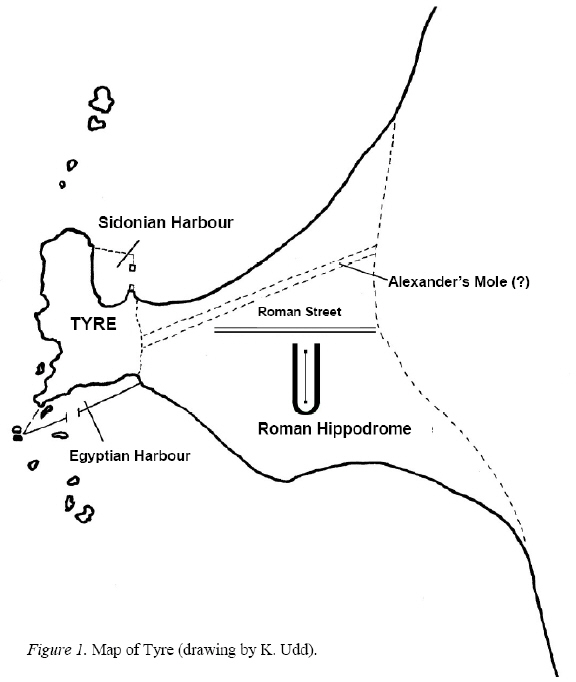Prediction And Foreknowledge In Ezekiel’s Prophecy Against Tyre -- By: Kris J. Udd
Journal: Tyndale Bulletin
Volume: TYNBUL 56:1 (NA 2005)
Article: Prediction And Foreknowledge In Ezekiel’s Prophecy Against Tyre
Author: Kris J. Udd
TynBul 56:1 (2005) p. 25
Prediction And Foreknowledge In Ezekiel’s Prophecy Against Tyre
Summary
Ezekiel’s prophecy that Tyre would be destroyed by Nebuchadnezzar was not fulfilled in the manner predicted by the prophet. This is demonstrated from extra-biblical literature, supported by archaeological evidence, and acknowledged by Ezekiel himself in a later prophecy. As a result, it is argued that the passage supports a world-view in which God is sometimes willing to adjust his plan from what he initially declared. This supports a relational view over the conventional deterministic view of divine foreknowledge, and it helps ease the tension between the test of a true prophet and a true prophet whose prediction is not fully realised.
Introduction
When Ezekiel prophesied the imminent doom of the city of Tyre (Ezek. 26:1–21), many Israelites must have been elated. Jerusalem was nearing the end of a siege by the Babylonians, a siege that would end in the fall of the city and the deportation of much of her population. However, with the passage of time it became clear that the prophecy against Tyre would not be fully realized. There must have been some real head-scratching among faithful Israelites. The failure of Ezekiel’s prophecy continues to present some challenging questions to Christians today.
TynBul 56:1 (2005) p. 26
1. The City of Tyre
Ancient Tyre was a powerful trading centre located on the Mediterranean coast north of Israel. The city was securely situated on an island about 800 metres off the coast.1 Modern Tyre is actually built on a peninsula, due to the silt and sediment that has collected around the moles built from the mainland to the island by Alexander the Great when he conquered the city in 332

TynBul 56:1 (2005) p. 27
Prior to assessing Ezekiel’s prophecy against Tyre, it is critical to establish the exact nature and location of the city. That Tyre lay ‘in the midst of the sea’ (Ezek. 27:32)2 in antiquity is attested by Egyptian, Assyrian, Hebrew, and Greek sources.3 For example, one king of Tyre described the city as ‘set in the midst of the sea [having] neither water nor wood.’4 During the Amarna Age (14th century
Click here to subscribe
